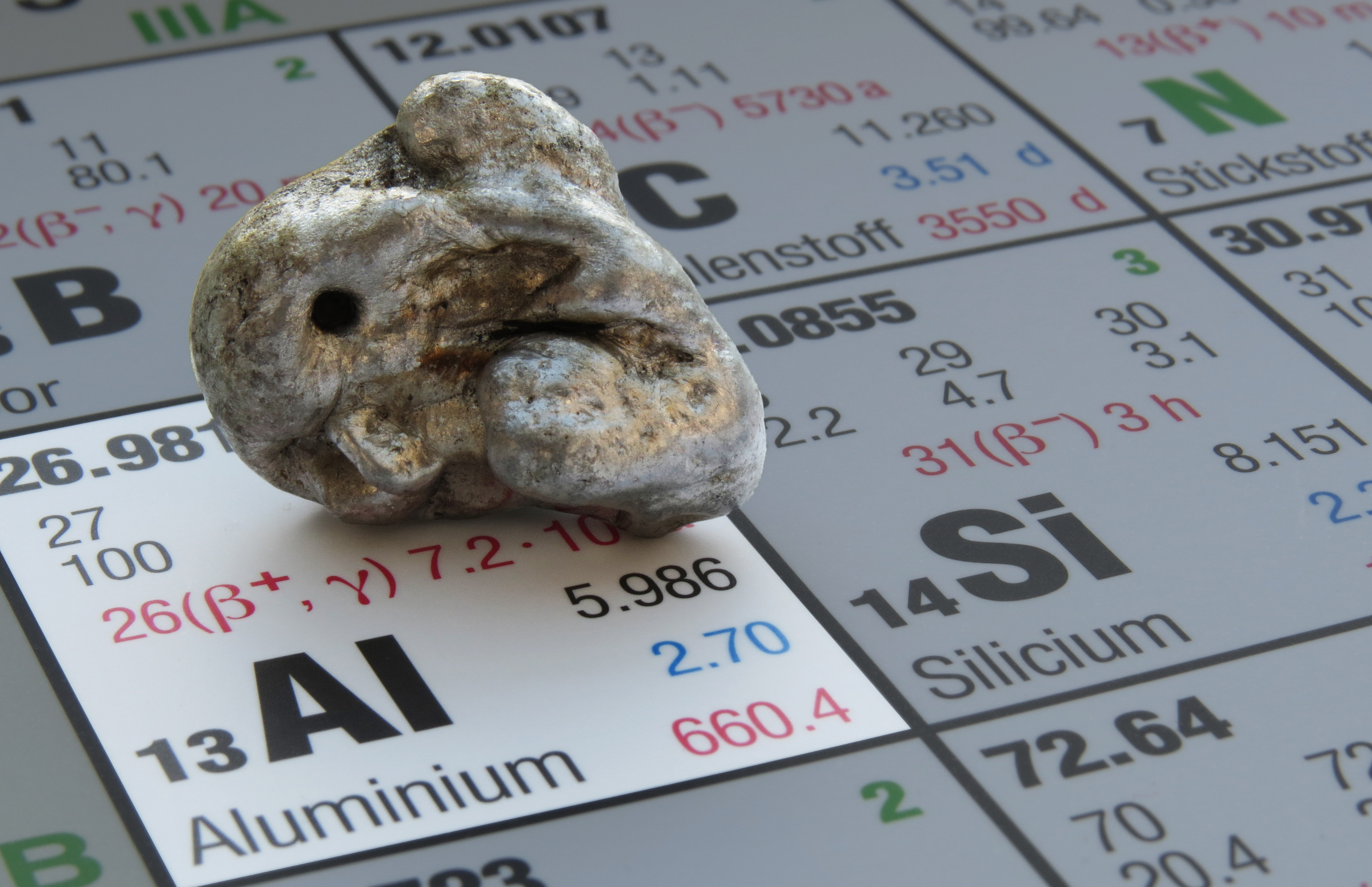Hydro and Rio Tinto partner on aluminium carbon capture technologies
News Analysis

3
Feb
2025
Hydro and Rio Tinto partner on aluminium carbon capture technologies
Norsk Hydro and Rio Tinto have joined forces in a US$45M investment to explore carbon capture technologies for potential implementation in the aluminium electrolysis process.
The partnership agreement focuses on developing commercially viable carbon capture technologies through the sharing of results, costs, and exploring research and development opportunities from laboratory tests to larger onsite pilot projects. These initiatives support the companies in achieving their net-zero climate goals by 2050.
Reducing carbon emissions from electrolysis in aluminium production is essential to the industry’s decarbonisation efforts since the energy intensity of production is primarily due to the electrolysis phase of Hall-Héroult process. The consumption of anodes during this phase contributes to three-quarters of a smelter's direct CO2 emissions. Coal-powered smelters thus typically release around 15-20t of CO2 for each tonne of aluminium produced while hydropower sources tend to produce only 2-4t of CO2 per tonne of aluminium.
This collaboration seeks to directly reduce greenhouse gas emissions from smelters by improving the current carbon capture technological ability from laboratory to commercial-scale production. The global adoption of such innovative technology into the industry may progress slowly due to the associated costs and technical complexities. However, if Hydro and Rio Tinto successfully implement large-scale carbon capture in their aluminium operations, they will further solidify their leadership in low-carbon aluminium production. The advancement has the potential to enhance their competitive advantage among end-users seeking low-carbon aluminium options, while also positioning them favourably in relation to the 2026 Definitive Regime of the Carbon Border Adjustment Mechanism.